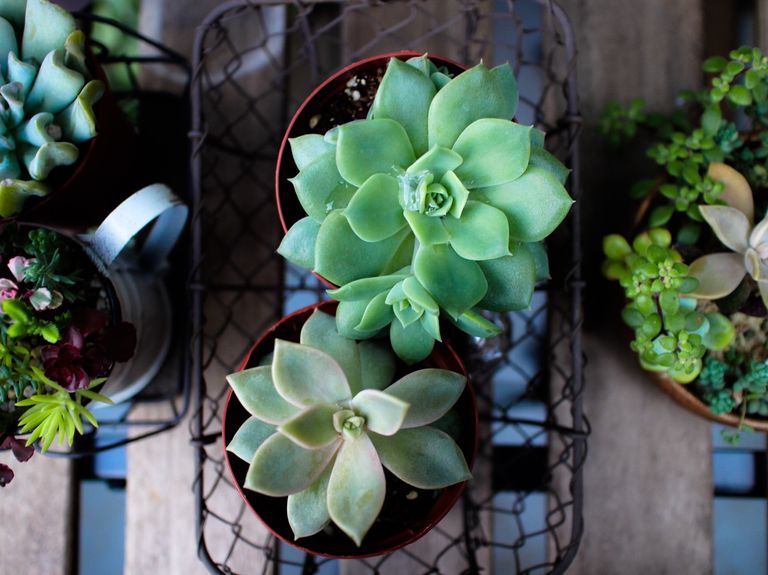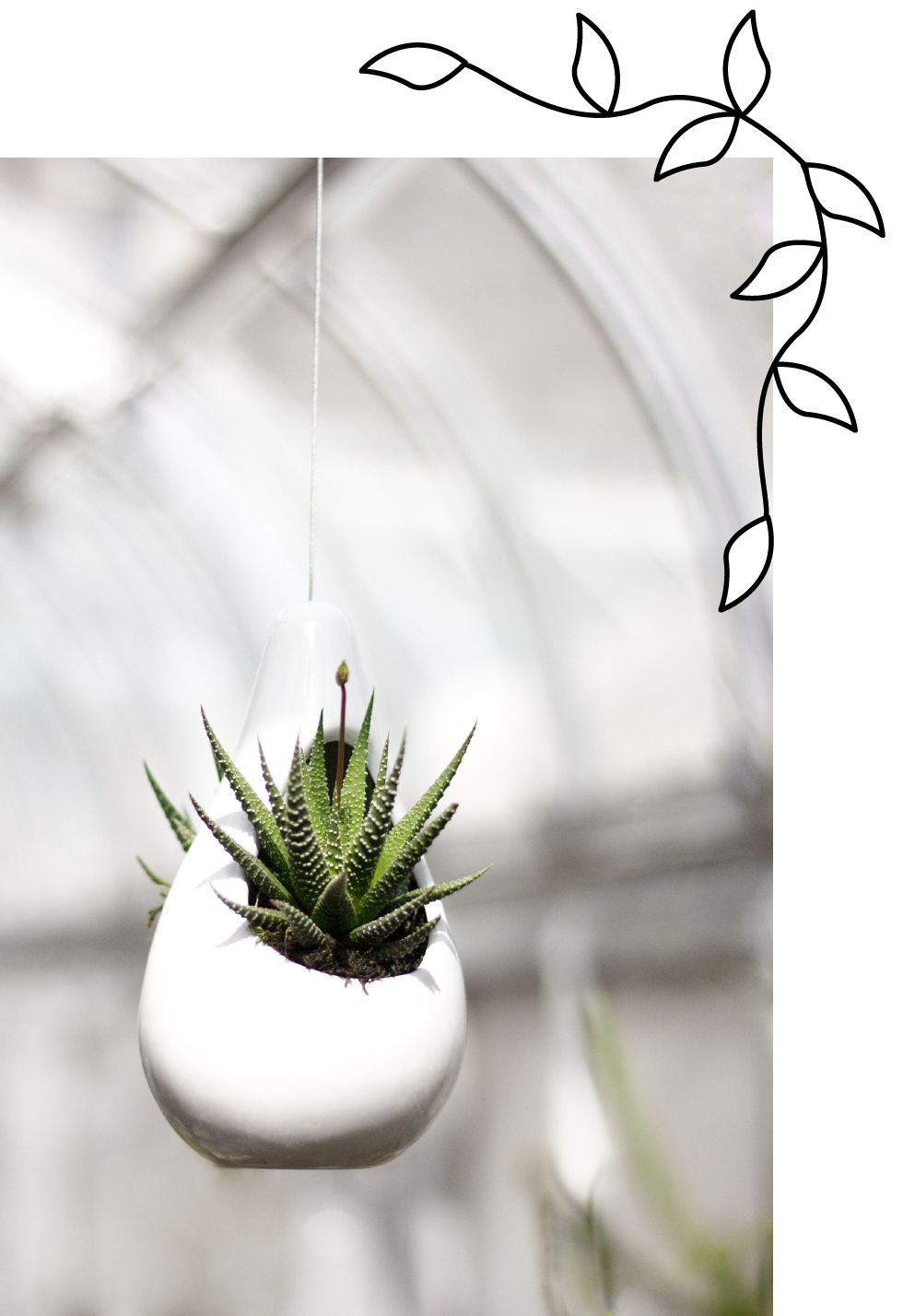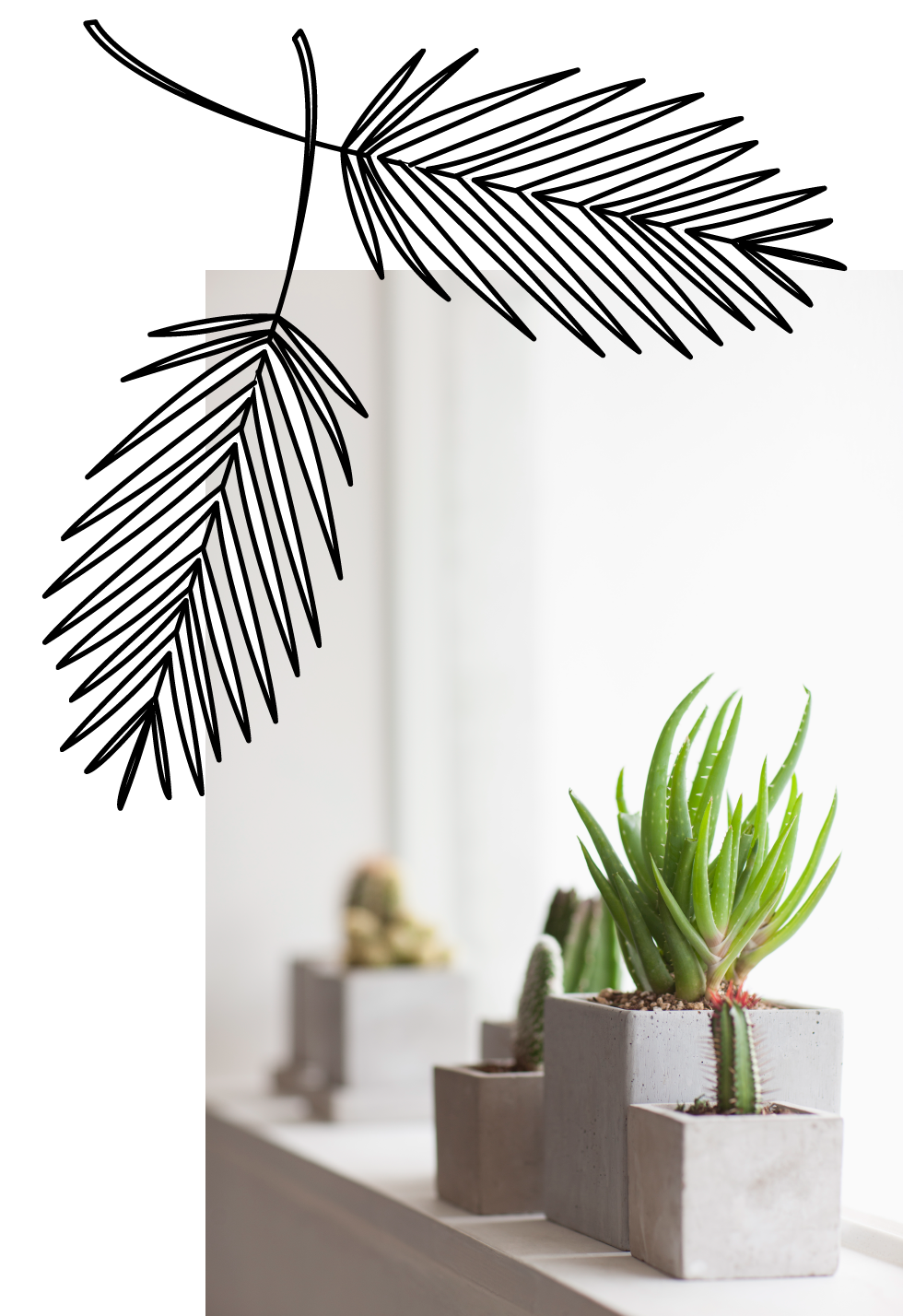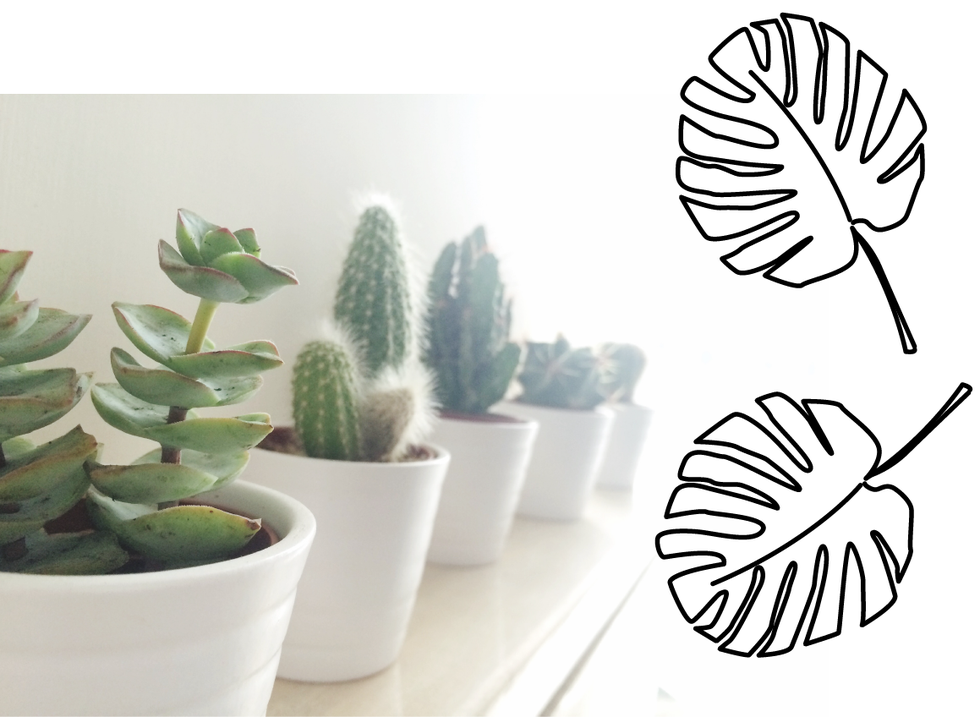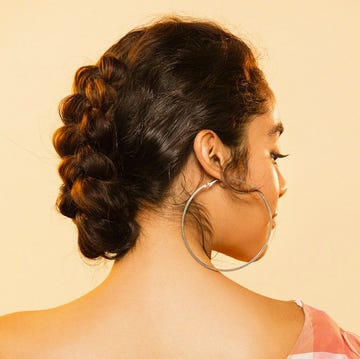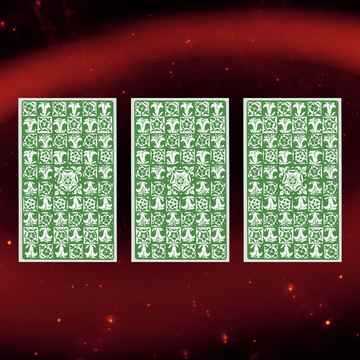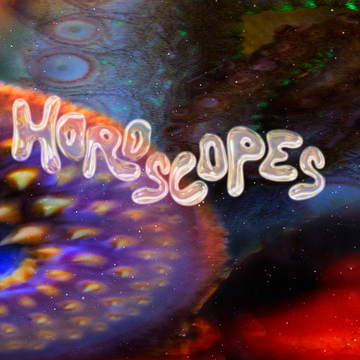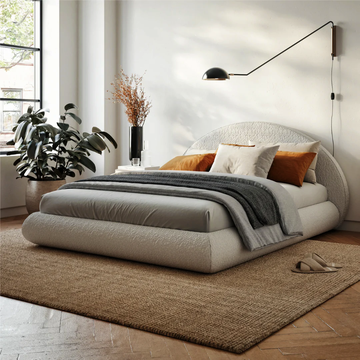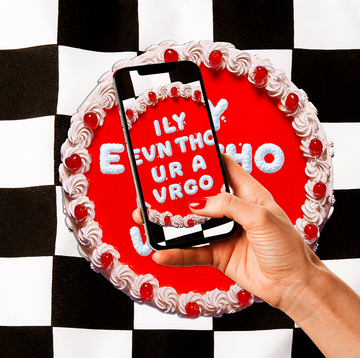Cameron Berne, 27, doesn't consider himself a "plant person" but acknowledges having basically no more free plant space in his Brooklyn apartment — he's covered every available sill and shelf with greenery. "I currently have eight different pots of aloe in my apartment right now, [all cuts] from one plant," Cameron explains. "I started giving them to people, like, 'Do you want some aloe? Do you want a plant?'"
Now, Berne shares, he's the person with plants in his friend group: "People who I haven't seen in over a year tag me in succulent things on Facebook," he notes. "It's a fun way to keep in touch, but it's also silly, because people perceive it to be this big, deep passion that I pour my time and life into it ... [For me,] it's a cute little hobby where I post pictures on Instagram."
But though Berne claims not to place much thought into building a green-fingered identity, more and more Millennials are eager to ID themselves as plant people — the kind who live in an abundance of verdant, thriving foliage.
This Millennial houseplant explosion is backed up by data collected in the 2016 National Gardening Report; out of the 6 million or so Americans who started getting into gardening that year, 5 million fell between the 18-to-34-year-old age bracket. Today, more Millennials than boomers are growing plants and herbs indoors. As investigated by Nylon and expanded in a recent New York Times Magazine column, this lifestyle/attitude equates plant care almost as an extension of self-care (and environmentalism). As Jazmine Hughes writes for the Times:
Part of this is our fascination with whatever "wellness" is; perhaps we also want to add a dash of greenery to the disgusting railroad apartments so many of us call home. But a leading theory is that plants make us feel like grown-ups. When the traditional signs of adulthood — marriage, homeownership, children — are delayed or otherwise out of reach, it’s comforting to come home to something that depends on you.
Sure, most Millennials don't have the resources to chase that Practical Magic conservatory dream, and much has been said about Millennial home ownership being at a record low — but as Hughes notes, that isn't stopping this generation from selectively building out and nurturing the spaces they can afford to live in, bucking a generational stereotype of flaky and fickle youths. (Also, it seems more Millennials are pursuing home ownership specifically in relation to pet care, particularly of dogs.)
Apartment living comes with some constraints, but that just means most green-fingered twentysomethings are turning to durable, air quality-improving, and, yes, Insta-ready plants: pothos, Swiss cheese plants (monstera deliciosa), and fiddle-leaf figs (ficus lyrata) are popular, as are all sorts of succulent varieties, from cacti to aloe vera to snake plants (sansevieria). While it's been suggested that the impetus for plant-growing is most strongly from a lifestyle and wellness angle, many of the Millennial plant owners who shared their stories with Cosmopolitan had distinct plant ownership origins.
Berne started out with succulents because they were "super hip"; artist and researcher Justine Lai had worked in the National Park Service before moving to New York and wanted her living space to counterbalance the "city life mind-set." Crystal Hand, an outreach specialist based in Brookefield, Vermont, started receiving plants as a gift from her boss, a farmer, and found the greenery relaxing, while Planned Parenthood community organizer Grecia Magdaleno credits the self-care aftermath of her "first big, lesbian breakup" with getting her into plants.
As for myself? I picked up a few cacti from IKEA when I first moved into a 10-person house my senior year from college, somewhat on a whim. As I moved around Los Angeles, I bought plants here and there, a habit coaxed along by my (design-conscious) roommate. My obsession kick-started, however, once I got a pet chameleon — yes, I have a chameleon — and needed specific plants to fit his vivarium. Now, I keep a spreadsheet monitoring water, light, and fertilizer for about 20 apartment-bound plants, which I've acquired through nurseries but also, increasingly, online sales on sites like Logee's.
Most plant-raising Millennials are decidedly not living like Ray Adolphus, an L.A.-based EMT who lives in his childhood home, outdoor space included: "Last spring, I went from three fruit trees to nine," he shares proudly, "and from a handful of succulents to a few dozen." But what all of these (us?) Millennials have in common is a desire to attempt ever more greening of their space ... even if it doesn't work out at first. Plants require care and attention, after all, lest you live surrounded by withered stems (though some plant families, like those ever-popular succulents and air plants, don't require quite so much).
"I have always thought of myself as a plant-killer, and every time I have tried to keep a plant alive before this year, I have ended up killing it," explains Cassidy Wilson, who lives in Minneapolis and credits her townhouse's modest porch for allowing her to raise plants. "I'd buy a plant, give it a name, research it, fall in love with it, then inevitably watch it die and feel totally helpless." Alaina Githens's housewarming gift of "an assortment of ferns, cacti, and succulents" took some trial and error, she explains: "I killed about half but managed to keep some alive, a few of which are still thriving almost two years later."
Ryan Benoit, one-half of the team behind popular gardening blog The Horticult, believes that while Gen-X plant enthusiasts are overall more knowledgeable, "Millennials are more likely to go out and buy another of the same plant if it dies." This is fine, he explains, "as long as you know why it died and possibly learn from the mistake." (And again, this behavior runs contrary to generational stereotypes about fad-focused youth culture.)
The Horticult specifically built out its Instagram presence to attract a Millennial following. As Benoit notes, "Millennials are probably more inclined to associate gardening and plants with a certain look or design aesthetic." This is a generalized comparison to older generations' focus on gardening as a curated skill, but one that, well, has some of truth to it. And it's here that the "plant aesthetic" comes into play. For whatever utilitarian purpose — for food, for air quality, for nurture — Millennials claim their plants serve, there's no denying the influence of social media and interior design blogs.
"It used to be the fault of the gardening magazines, not anymore," Sally Melcher, who's worked at the L.A.-based Sunset Nursery for 23 years, explains. "[Millennials] may not consciously realize it, but [plant buyers] want it the way in the design magazine. A single-trunk ficus lyrata in a white cylinder ... I couldn't tell you how many white cylinder pots we sell now; 10 years ago, we couldn't give them away." Chantal Aida Gordon, the other half of The Horticult, elaborates, "A lot of the social media aesthetics that Millennials are into — the Boomerangs, the time lapses — they're all so conducive to plants. Flowers blooming or ornamental grasses blowing in the wind."
But despite those Millennial plant clichés that have arisen out of the (literally) picture-perfect social media communities (i.e. the same kinds of plants, arranged the same way, shared with the same kinds of filters), what they fail to articulate are the ways in which plants can serve as symbology for a generation of urban-dwelling, job- and location-hopping young people.
Magdaleno, who'd gotten into plant care after a breakup, tapped both into the spiritual and memory elements that plants can provide: "Millennials are tapping back into the ways that nature can facilitate our own self-care and I'm deeply invested in plants because I'm invested in myself," she explains. "Additionally, I'm from Phoenix, Arizona, and carrying the desert with me is crucial to feeling at home. My cacti and succulents are wonderful reminders of where I come from!"
For Lai, the former NPS ranger, she's found an even more personal tether to plant care: "My Japanese-American great-grandparents were farmers in California. Gardening was one of the few available job opportunities and formed the basis of those early immigrant communities," she says. "So learning about plants also means learning about people and gaining historical perspective."
All of these Millennial plant experiences, however, miss out one major demographic: those of Millennials who don't grow any plants themselves but surround themselves with digital representations of plants, through games like Stardew Valley or Animal Crossing or social media accounts like @plantsonpink, @thehorticult, @nicehouseplants, and more. One such account on Twitter is @grow_slow.
Created by Nicole He, a contractor creative technologist at Google, the @grow_slow feed shares a photo of He's fiddle-leaf fig each day. There aren't always changes but when they happen, He's notifications explode with delight: "What's really wonderful about that project is the fact that the response to it is, universally, extremely positive, which is pretty unusual on the internet. If you read its mentions, everybody is always like, 'Great job, @grow_slow! You're getting so big! I'm proud of you!'"
"It's really interesting to me because it's almost all strangers who feel a connection to this plant, as if it were an animal or a pet," He notes. "People feel invested in it; that's why I'm so invested in it." (This is the same feeling cultivated by self-care bot/service @aloebud, which allows users to help tend an adorable pixel garden.)
Part of He's investment in her Twitter-famous plant has been because of the contrast it provides to her life in the big city; its slow serenity is in stark contrast to both her outside and online environments: "In New York, you're surrounded by concrete and garbage, and it's sort of the same on Twitter, garbage and tragedy," He notes. "So when people see the plant go back on their feed, it's positive. It's just a plant! But my guess is that's the appeal." She hopes to spread that appeal not just to the people who follow her own account but to other plant owners looking for ways to share their growing joys: "My dream is to have an internet garden where everybody can watch everyone else's plants grow online." (She's put the code for @grow_slow online at GitHub.)
Here, then, the plant dream comes full circle, morphing from a personal desire ("I want to surround myself with green things") to a socially conscious one. It's this same impetus that caused Benoit and Gordon to start The Horticult, which grew out of parties and gatherings the two held in their backyard. It's this same impetus that sees Berne sharing his aloe, that drives Magdalena back to the greenhouse, that allows Cassidy Wilson to honestly share that "when people ask me how my life has been going, one of the first things I want to talk about is my plants. If they’re doing OK, that gives me something positive to focus on."
It's a feeling echoed by Githens, and many others. "To me, plants provide a literal metaphor for the cycle of life, death, and rebirth," Githens says. "Recently, after months of watching a tiny bud sprout and grow on one of my cactuses, I had to go out of town just days before it fully flowered. I felt like I was missing a big moment in my child's life!"
And this is, at the heart (the root), what most gardeners, Millennials or otherwise, chase. The uncertainty of plant-growing outcomes is both part of the thrill and a reminder of the passage of time outside of the human experience. "In this era we're in, we're looking for more ways to surround ourselves with peace and beauty," Gordon shares, "and to reassert our love of the earth and also have a feeling of agency."
It's the kind of sentiment that's casually universal but feels uncannily Millennial. For young people living in flux, caught between IRL and URL in ways no generation before or even after will ever quite understand, plants are a way to make a low-stakes, high-yield commitment to growth. When you find yourself moving for your third job in as many years; when your partner refuses to take that next step with you; when your plant dies, despite your best ministrations — what other option is there but, perhaps, to try again, to touch the spark of life with soil on your hands and maybe, maybe, this time it'll last.

